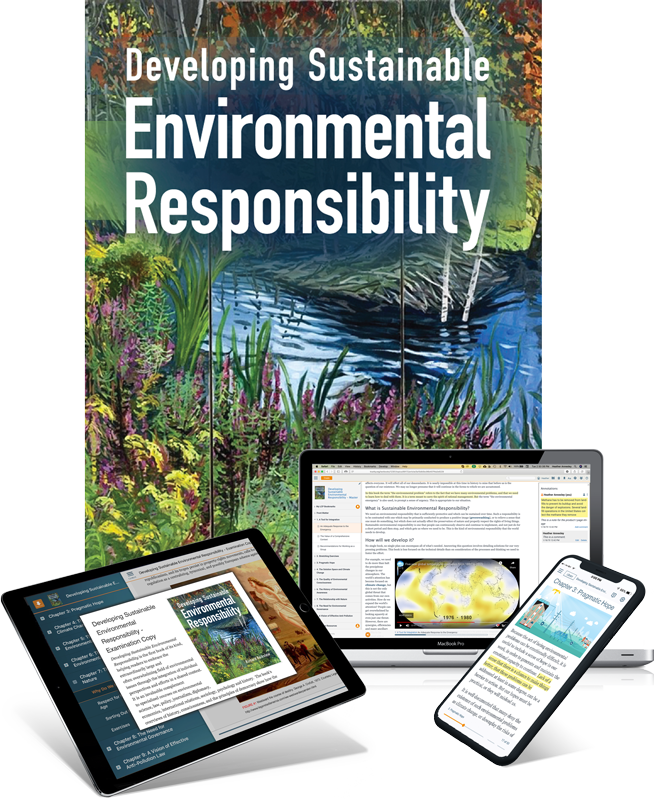The various strategies we usually hear about for addressing our warming globe involve switching from fossil fuels to solar and wind. But the carbon already present will stay for hundreds of years. We need to remove it as well. Fossil fuel supporters have long promoted carbon capture and storage, but it has remained prohibitively unprofitable. Carbon utilization technologies, such as fixation by algae or conversion to industrial chemicals, are a new focus, exemplified by the FUEL Act now before Congress, supported by the Carbon Utilization Research Council, which is made up primarily of coal interests. A March, 2015 review in the Journal of CO2 Utilization concluded that global warming can be reduced by these technologies but substantial problems of cost-effectiveness and the fact that many cause other environmental impacts must be overcome. (“Carbon capture, storage and utilisation technologies: A critical analysis and comparison of their life cycle environmental impacts”, Cuéllar-Franca, Azapagicas). However, as Dr. William Moomaw of Tufts’ Fletcher School points out, we already have an extremely effective device for carbon sequestration: the tree.
When someone is accused of not seeing the forest for the trees, it is meant as a metaphor for not seeing the big picture, and risking losing everything through a narrow focus. Now the metaphor is horribly real. If we believe that biomass fuels such as wood pellet furnaces are carbon neutral, because a new tree can be planted to replace the one taken for burning, we will actually lose real forests, as companies see only the trees they can harvest for sale to power plants. Although burning wood seems cleaner than burning coal, you have to burn more to get the same amount of energy, and there’s no real benefit. Meanwhile you have replaced a rich ecosystem already storing carbon effectively with a sterile one that has vastly less carbon storage capacity and will not do anything comparable for a long time.
According to the US Department of Commerce (the International Trade Administration’s 2016 Top Markets Report) demand from the EU, South Korea and Japan to meet carbon emission targets is already spurring investment in pellet mills, which often use forest products. The UK’s largest coal plant, Drax, has been converted to burning wood pellets. The Great American Stand notes that the U.S. is now “the world’s largest manufacturer and exporter of wood pellets as an alternative to coal for generating electricity in Europe”. Climate Home News reported (February 21, 2018) that the UK, in alliance with Poland and Spain, succeeded in “watering down” EU’s renewable directive, protecting the policy that now considers wood fuel on a par with solar and wind. (The directive has not yet been approved by the European Parliament).
There are many ways to appreciate the value of trees. In 1837 George Pope Morris’ poem, Woodman, Spare that Tree, was made by Henry Russell into a popular song:
Woodman spare that tree!
Touch not a single bough;
In youth it sheltered me,
And I'll protect it now.
We have in myth, however, also celebrated Paul Bunyan’s wholesale slaughter of forests in a heroic fashion. Which sentiment will prevail today? When I offered the services of students in my class, “Research for Environmental Agencies and Organizations” to the Executive Office of Environmental Affairs of Massachusetts, conservation officials asked students to assist with two relevant tasks: reviewing and recommending “tree retention” policies, and assistance in developing guidance on obtaining carbon credits for forest conservation. Students found that preserving trees has an extraordinary range of benefits, from habitat protection to reducing stormwater management costs and heat island effects, not to mention enhanced property values – homes near trees are valued more highly and are more energy efficient because of shading and cooling. In producing a draft guidebook on how to sell carbon credits for forest conservation, students recommended the approach of “Community Credits”, where carbon credits are not sold to utilities to allow them to offset fossil fuel emissions, but instead are purchased by residents interested in using them to preserve local forests. Community Credits “can be thought of almost as similar to a virtual farmers market that can provide new revenue to reward sustainable business practices while also reducing carbon emissions.” (See www.bu.edu/rccp, Spring 2018 Guidebook and Fall 2017 Tree Retention projects). When you look at a tree, do you see a way to make a buck? Or do you see a part of a forest, and sing as Americans once sang:
Here shall the wild-bird sing,
And still thy branches bend.
Old tree! the storm still brave!
And, woodman, leave the spot;
While I've a hand to save,
Thy axe shall harm it not.

 RSS Feed
RSS Feed

